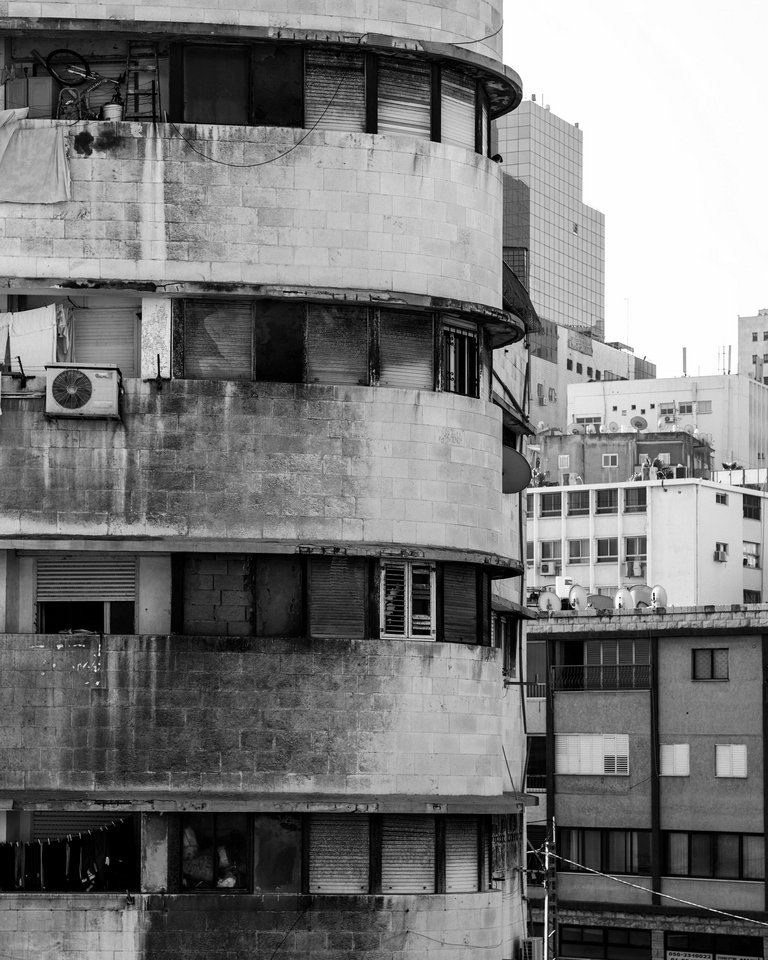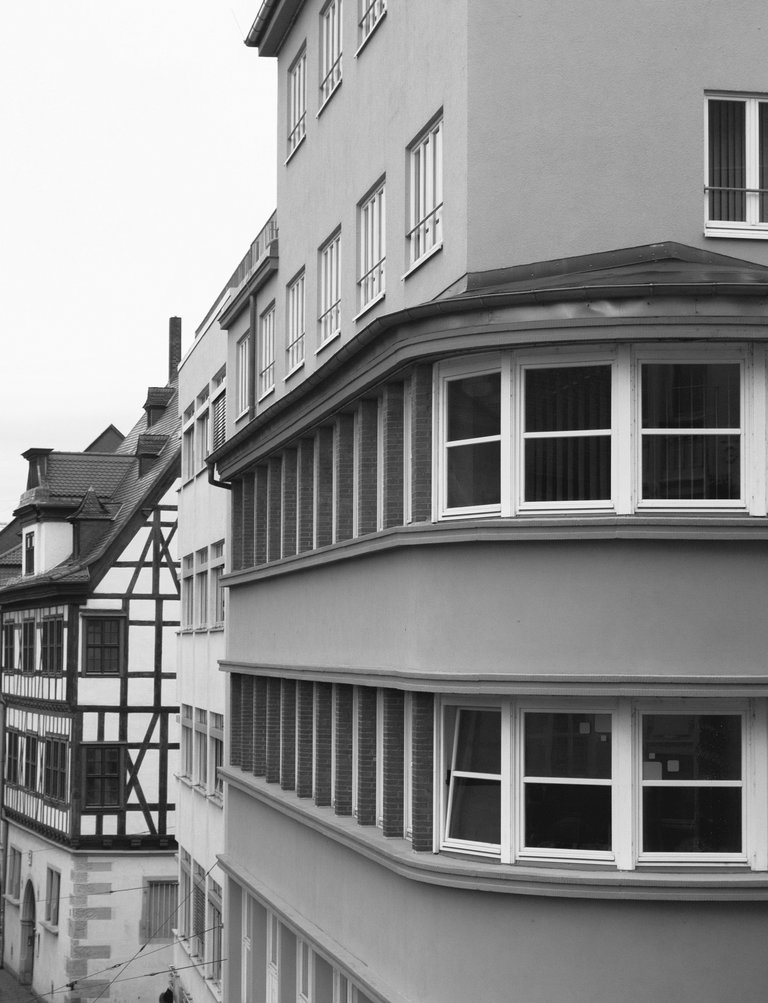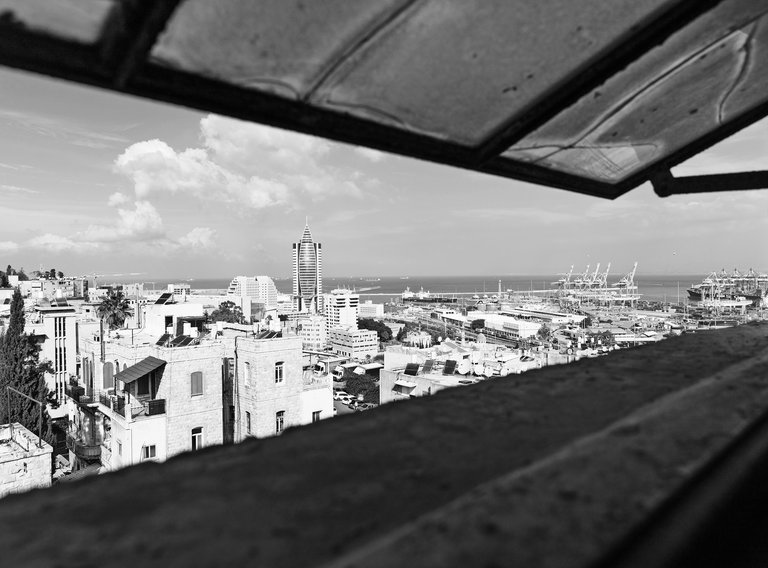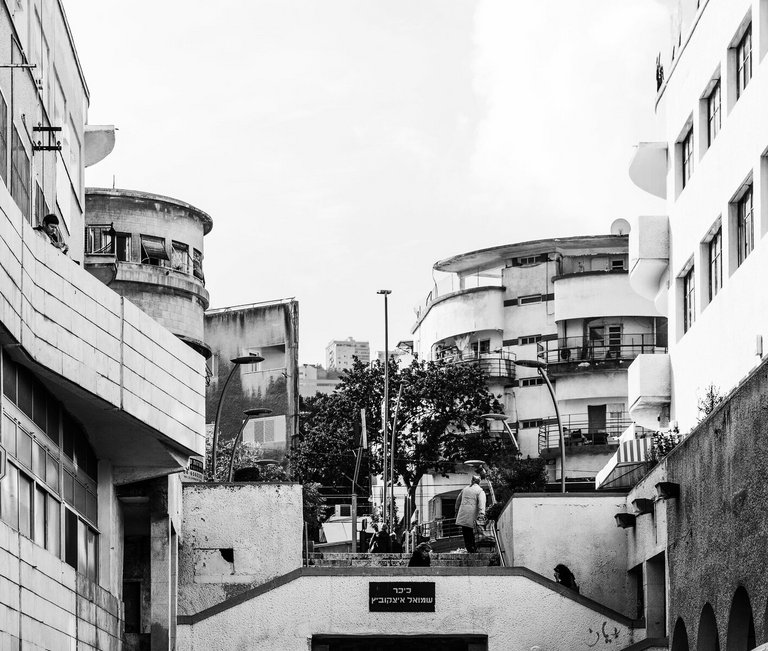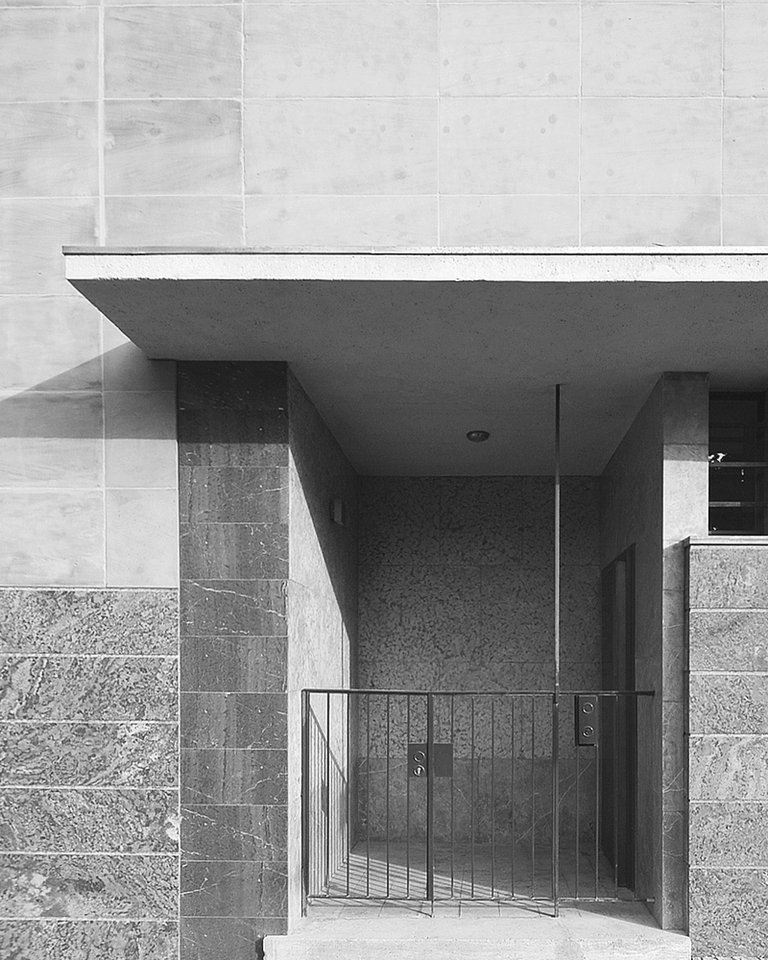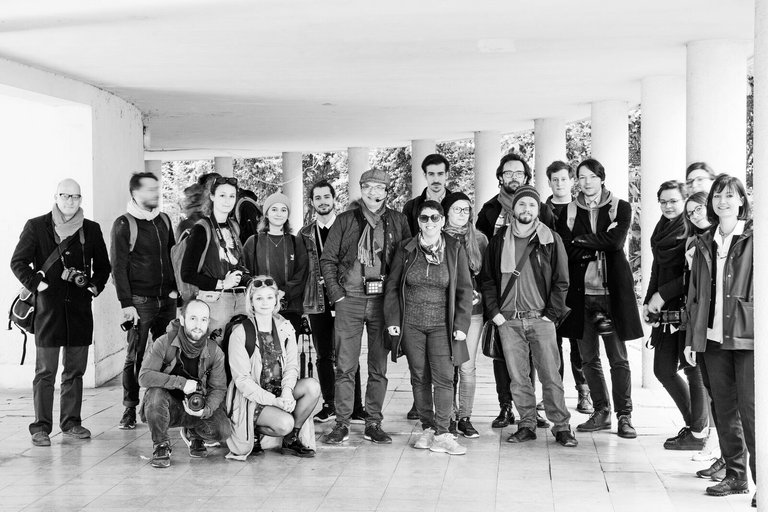Erfurt and Haifa are two cities that have developed very differently, but have been linked via a city twinning since 2000. In the exhibition, the two cities entered into a dialogue that enabled an examination of their similarities and differences.
The exhibition space in St Peter’s Church in Erfurt provided an opportunity to explore each city’s architecture. A symmetrically arranged comparison posed questions about New Objectivity and international-style architecture in Erfurt and Haifa. It also presented biographic interconnections between architects, contracting authorities and politicians, forming the basis for further reconstructing modernist architecture and its protagonists.
The exhibition grew out of an inter-faculty research and teaching project undertaken at the Bauhaus-Universität Weimar in 2017. It was organised by Prof. Ines Weizman (architect and architectural historian under the Junior Professorship of Architectural Theory at the Faculty of Architecture and Urbanism), Dr. Mark Escherich (architectural historian and monument conservator under the Professorship of Conservation and History of Architecture at the Faculty of Architecture and Urbanism) and Jens Hauspurg (artistic associate for photography at the Faculty of Art and Design).
The cities of Erfurt and Haifa and their respective monument conservation authorities were project partners. The exhibition was funded by the Thuringian State Chancellery, the city of Erfurt, the city of Haifa, and the Bauhaus-Universität Weimar via the ‘Bauhaus100’ fund and the International Office. ACHAVA Festspiele Thüringen was a collaboration partner. The exhibition is part of the University’s programme to celebrate the hundredth anniversary of Bauhaus in 2019.
‘Erfurt/Haifa – modernist architecture in dialogue’
20-30 September 2018
St Peter’s Church
Petersberg 12
99084 Erfurt
Entry:
3 euros, concessions 1 euro
Free entry with an ACHAVA Festspiele Thüringen concert ticket
Supplementary activities:
Thursday 20 September 2018, 7 p.m.: Exhibition opening with welcome addresses from Thuringian Prime Minister Bodo Ramelow, Mayor of Erfurt Andreas Bausewein, ACHAVA Festspiele Director Martin Kranz, President of the Bauhaus-Universität Weimar Prof Winfried Speitkamp, and exhibition curators Prof. Ines Weizman, Jens Hauspurg and Dr. Mark Escherich.
Saturday 22 September 2018, 6:15 p.m.: Tour of the exhibition with the curators
Saturday 30 September 2018, 5 p.m.: Closing ceremony with addresses from Thuringian government spokesman Günter Kolodziej, ACHAVA Festspiele Director Martin Kranz, exhibition curators Prof. Ines Weizman, Jens Hauspurg and Dr. Mark Escherich, and co-curators Waleed Karkabi and Adi Roitenberg (Haifa monument conservation authority).
Background to New Objectivity architecture in Erfurt and Haifa
‘New Objectivity’ architecture has left its mark on the city of Erfurt and also shaped the city of Haifa in Palestine, which quickly spread along the coastline and the slopes of Mount Carmel. Nazi rule in German brought modernist architecture in Germany to an abrupt halt whilst in Palestine (among other places) it enjoyed a new beginning in a new home displaced from this rule, and is now commonly known as Bauhaus architecture in Israel.
The initially formal characteristics of modernist architecture in both cities – minimised building shapes without architectural decoration or ornamentation, flat roofs, softened building corners, long horizontal bands of windows, and the removal of load-bearing walls – have been tinged with local influences in equally individual form. Both cities originally sprang up at the intersection between historic trade routes. Whilst old Erfurt began to emerge as Thuringia’s modern metropolis in the 1920s, Haifa found itself in an entirely new position as a commercial city after the First World War and the redistribution of the Middle East.
